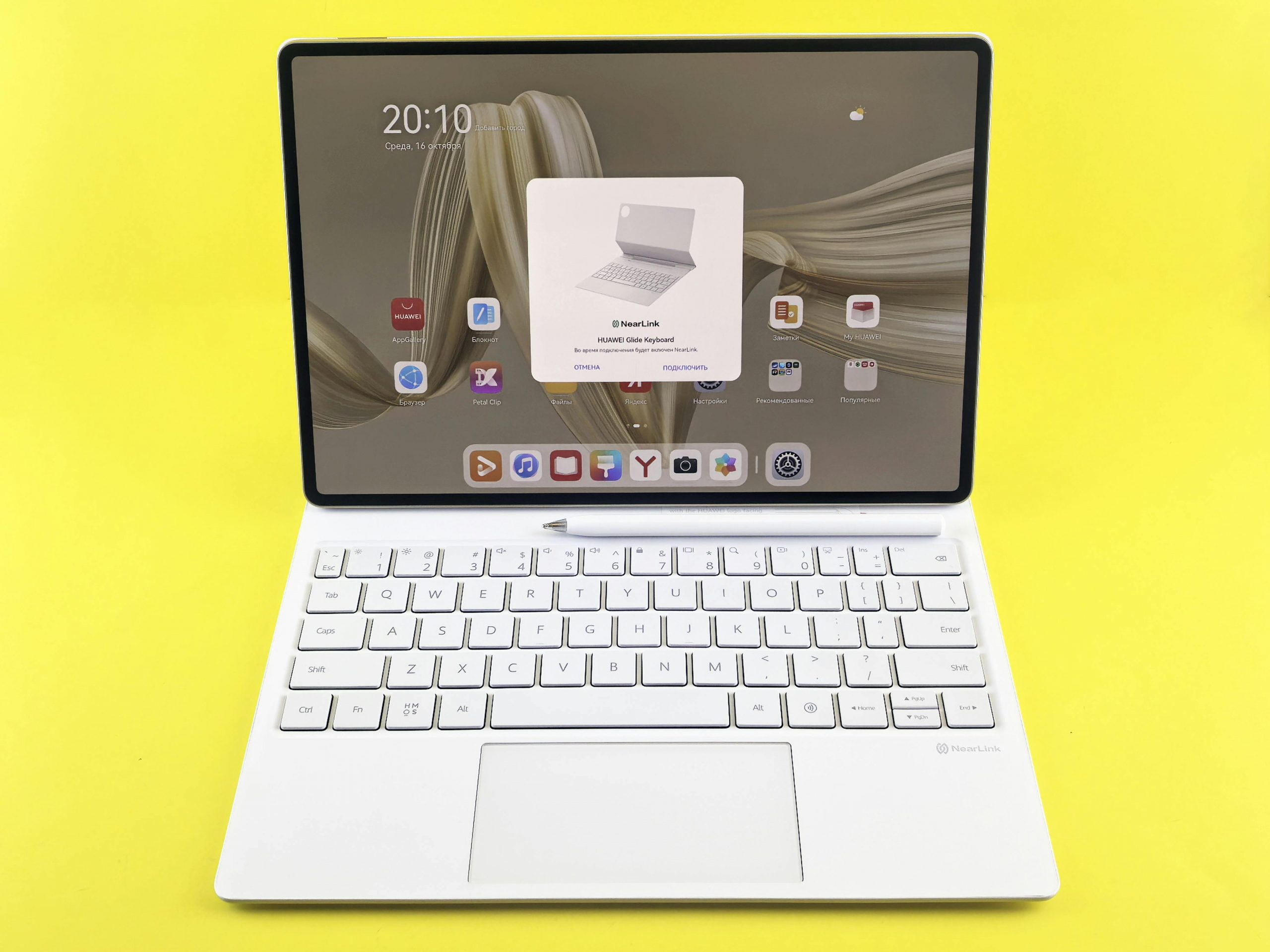Avoiding Invoice Errors When Working with Virtual Desktop Clients

Why virtual desktop work creates more room for invoicing mistakes
Working via virtual desktop feels slick—no commute, full screen, instant access. But there’s a catch: connection drops, lag, or abrupt session closures can disrupt your invoicing flow. One minute you’re deep in a billable task, the next—poof—it’s not tracked.
Studies show freelancers lose up to 10% of paid hours to tech glitches. That’s revenue slipping away because your software failed mid-session. Let’s dive into how to plug those holes.
The little things freelancers miss that mess up invoices
It’s rarely big disasters—usually tiny oversights kill your invoicing accuracy. Forgetting to pause a timer, mislabeling a session, or mixing client work with personal stuff in the same window—all add up.
One freelancer I know accidentally billed a personal Zoom call as client time for two whole hours. Ouch. Moral: vigilance beats convenience every time.
How unstable connections lead to missing or doubled invoice hours

When your link drops, time trackers either stop—or worse—keep counting. That means missed billable minutes or charging for air. Both scenarios are embarrassing and damaging.
One day I had “phantom time” logged because of a tiny reconnect loop. The software kept registering activity while I was rebooting. I nearly invoiced for work I never delivered. Classic off-site workflow hazard.
The danger of assuming your hour logging software is always right
It’s easy to trust the app—after all, that’s why we pay for it! But I’ve seen apps which reset timers, skip entries, or don’t sync properly across devices. Blind faith here can cost you serious bucks or client confidence.
Manual checks are crucial. A quick glance prior to sending your billing document saves you from sending inaccurate bills—and from awkward questions later.
The biggest permission mistakes that cost freelancers money
| Topic | Risks | Best Practices |
|---|---|---|
| Granting Yourself Admin Rights | Accidental file deletion, unauthorized software installs, inappropriate access; interference from kids or roommates. | Lock down permissions to prevent misuse. |
| Off-Site Connection Settings | Granting global permissions by mistake can lead to lost work or damaged client trust. | Always double-check connection settings before enabling permissions. |
How to clearly define invoice rules alongside distant clients
Clarity from the start saves headaches later. Spell out what counts: active screen time, server access, hourly rounding, breaks—everything.
Write it inside your proposal or agreement. Be crystal on expectations so there are no “Oh, I thought…” moments later. Transparency builds trust—and often boosts repeat business.
Pro tip: Learn how to write an invoice for freelance work that sets clear expectations from the first project.
Creating a pre-project checklist for accurate billing
Before starting any session, run through a simple checklist. This cuts errors dramatically:
- Confirm off-site connection is working
- Start time tracker and label the client/task
- Note session start in a log
- Verify permissions and access
- Backup tracked time before logout
Trust me—it’s a game-changer.
Using activity records and screenshots to support your billing document
Ever had a client probe logged time? Activity records and time-stamped screenshots are your best friends. They serve as solid evidence down the line.
Some tools even auto-capture activity logs. If not, screenshot your work every hour or paste key task summaries into your billing document summary. It looks professional and protects you.
The apps which help prevent invoice mistakes alongside distant clients

Modern tech can really help. Look into off-site connection apps that offer integrated hour logging, auto save, and offline logging.
Need doc editing post-session? Use icecream pdf editor to annotate changes prior to sending your billing document. For quick recurring billing after off-site workflow, try something like pages invoice template paired with google docs invoice templates for cross-checks.
Want automation? Learn how to create invoice in quickbooks to save time and reduce human error.
What to include inside your billing document to avoid misunderstandings
A well-detailed invoice avoids disputes:
- Define dates, sessions, and logged time
- Note any downtime or reconnects
- Show activity records or task summaries
- Highlight agreed rates and rounding policy
- Add payment instructions and due date
And if you’re wondering what is a sales invoice, it’s essentially your formal request for payment—so make it count.
Final tips for billing confidently in virtual desktop setups
- Pause recording during errors or breaks
- Verify total hours manually prior to sending your billing document
- Review every entry before sending
- Include a friendly note: “Let me know if you’d like records or clarifications”
Need extra help collecting payments? Make sure your clients know exactly how to pay invoice in the format you send.
Run into a hiccup? Sit down, analyze, and adjust your setup. Soon, systems become reliable—and your invoicing pain fades.